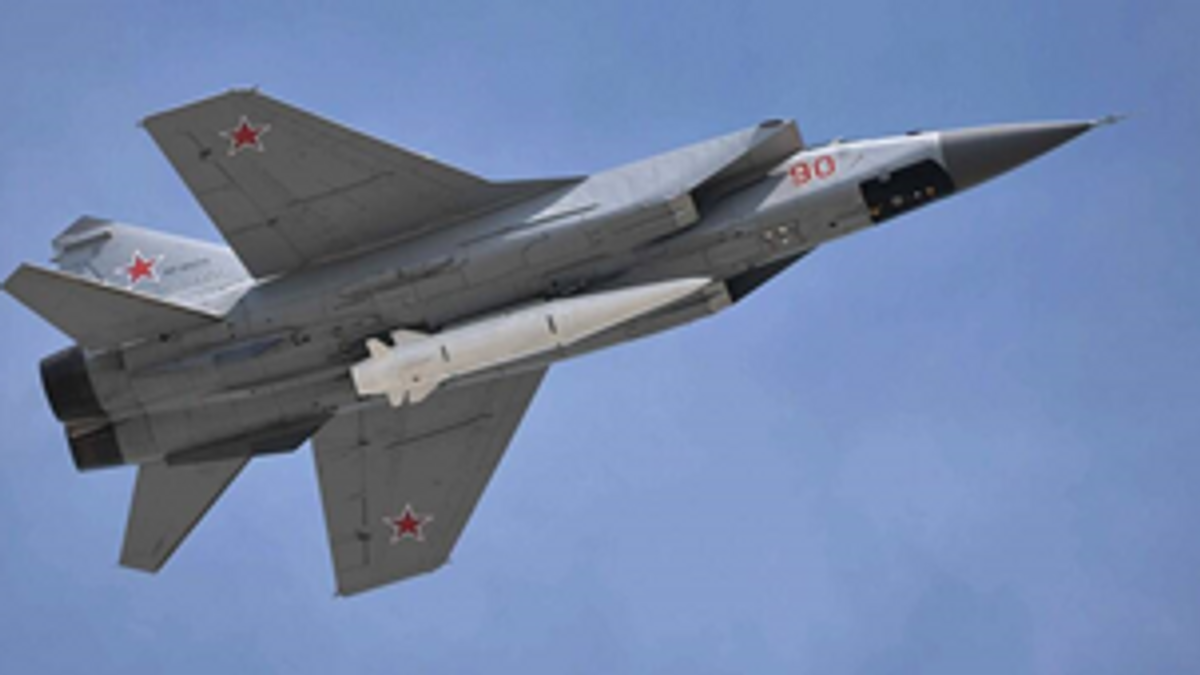
Hypersonic Missiles and India
Missile technologies all over the world has been leap-frogging esp in the last 2-3 decades. The erstwhile ground to air and ground to ground missiles have much more teeth both in terms of offensive capabilities as well as being self-defensive. The higher capabilities are in the form of higher payload carrying, multiple target acquisition, guided by precision navigation and greater range. On the other hands, these missiles have become much fasterand becoming stealth evading detection by the enemy air defense systems.
A Hypersonic missile is one which has cruise speeds of >5 Mach. It could be low (~5 Mach) or high hypersonic speeds in excess of 8-12 Mach. These speeds render very less time to the enemies to react and launch air defense measures. Further, both conventional and advanced air defence systems are often unable to match the hypersonic speeds and unable to strike from behind. Hypersonic missile attacks are highly penetrative and effective.
The Technologies in a Missile.A missile has various systems and sub-systems as shown in the text box. The propulsion system is the one that drives it forward with all its weight incl payload. Hypersonic Propulsion technology could essentially be in two forms firstly, the air breathing Ramjet and Scramjet and secondly, the rocket fuel propulsion system. Most cruise missiles have its fuel combustion by the air being sucked from the ambient. However, it has to be an entirely different technology to burn missile fuel at such high speeds. It is like a burning fire which is facilitated by the air being blown. However, if the air mass exceeds certain threshold, the flame could be extinguished too. Hence, the technology has to ensure that the hypersonic speeds have optimum effect on the propulsion system. Rocket propulsion technology on the other hand, has onboard oxidisers/liquid oxygen that sustains combustion. In the process, its payload carrying capacity is depleted proportionately with the amount of oxygen/oxidiser carried onboard. Hence, the ambient air sucking technology such as Ramjet, Scramjet or some other newer concepts enable the missiles to be high on speeds, range and payload carrying capabilities hastening both its offensive and defensive capabilities.
This technology, however has a drawback too. The higher the velocity, greater will be the skin temperature of the missile friction. Such speeds could create the friction temperatures of the missile shell so high that the metals can melt or burn. This mandates the usage of appropriate materials in both missile-body and its payloads. Ballistic missiles that face the similar challenges of very high temperature during its atmospheric re-entry, utilised carbon - carbon material.
Recent Developments.Russia is understood to be possessing reasonable stocks of advanced hypersonic missiles with hybrid launch capabilities. The same was demonstrated last month in Ukraine war.
China tested its first Hypersonic missile on 25 Jun 2021 followed by another test on 13 Aug 2021. They are at the threshold of mastering the technology integration in to their missile body. US’s first prototype Hypersonic missile is understood to have failed. The second Prototype was tested successfully in the 2nd week of Oct 21. Lockheed Martin and Raytheon Technologies are jointly developing these hypersonic weapon capabilities.
India too has already demonstrated its capability for the hypersonic technology in the recent years. It carried out its Hypersonic missile Technology Demonstration successfully in June 2019, September 2020 and Oct-Dec 2021. The Hypersonic Technology Demonstrator Vehicle (HSTDV) equipped with scramjet engine has measured ~7500 kmph speeds. In fact, the Shourya cruise missile already has been given the Hypersonic Capability of ~7.5 Mach speed towards its end of flight in order to have maximum efficacy. The global race is on.
